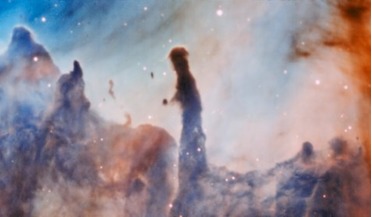 03 November 2016
MUSE instrument produces spectacular new images of the Carina Nebula
03 November 2016
MUSE instrument produces spectacular new images of the Carina Nebula
... vast clouds of dust and gas within a hub of star formation about 7500 light-years away. The MUSE instrument creates thousands of images of the nebula simultaneously, each at a different wavelength of light. Astronomers then use these...
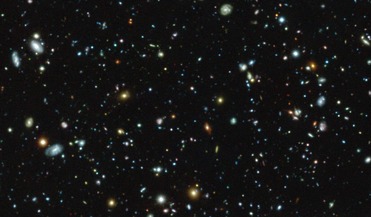 29 November 2017
Deepest spectroscopic survey completed of the Hubble Ultra Deep Field
29 November 2017
Deepest spectroscopic survey completed of the Hubble Ultra Deep Field
... already conducted into the HUDF, with the help of MUSE (Multi Unit Spectroscopic Explorer) on ESO’s Very Large Telescope...Remarkably, these data were all taken without the use of MUSE’s recent Adaptive Optics Facility upgrade. The activation of the ...
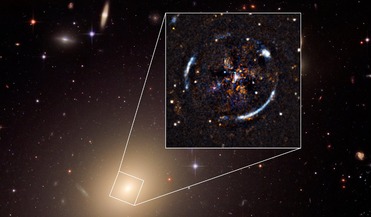 22 June 2018
Most precise test of Einstein’s general relativity outside Milky Way
22 June 2018
Most precise test of Einstein’s general relativity outside Milky Way
... the test of time. Using the Multi Unit Spectroscopic Explorer (MUSE) instrument on ESO’s Very Large Telescope in Chile – a ...study. “We know the mass of the foreground galaxy from MUSE and we measured the amount of gravitational lensing we see from...
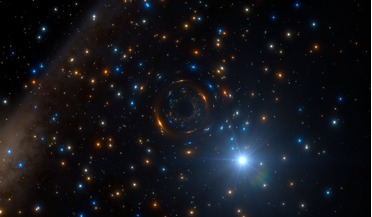 17 January 2018
First inactive stellar-mass black hole found in a globular cluster
17 January 2018
First inactive stellar-mass black hole found in a globular cluster
... of this discovery is located in the southern constellation of Vela (The Salis). While observing the cluster with ESO’s MUSE instrument on the Very Large Telescope in Chile, astronomers noticed that one particular star that is on its way...
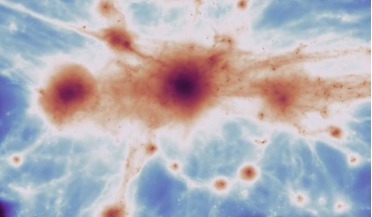 04 October 2019
Have ancient filaments helped uncover the nature of dark matter?
04 October 2019
Have ancient filaments helped uncover the nature of dark matter?
... located about 12 billion light years away in the early Universe. Using the Multi Unit Spectroscopic Explorer (MUSE) at the ESO Very Large Telescope (VLT) in Chile and the Suprime-Cam at the Subaru telescope, the...
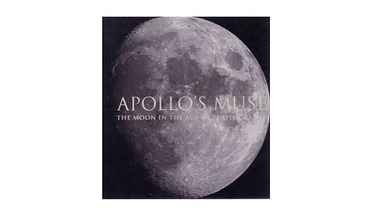 01 August 2019
Apollo’s Muse; the Moon in the age of photography
01 August 2019
Apollo’s Muse; the Moon in the age of photography
One of many books published to commemorate the 50th anniversary of Apollo 11, this highly illustrated volume is published by The Metropolitan Museum of Art in New York. This fact alone gives a firm indication of its style and content which, for the ...